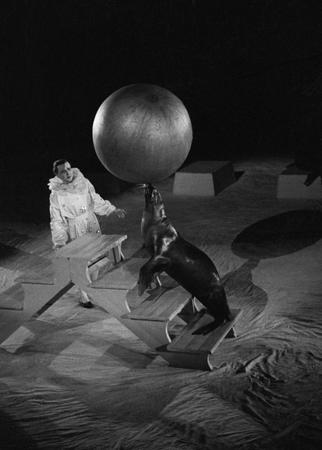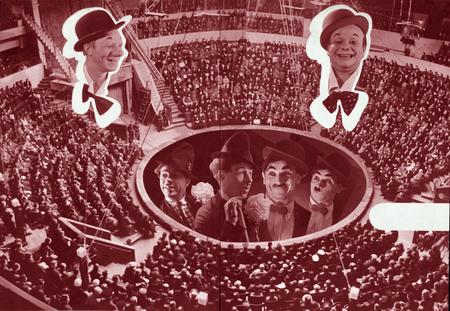Circus











Alexander Rodchenko. Parterre acrobats. 1937. Private collection
Alexander Rodchenko. Torpedo. Air gymnasts V. and M. Duklass 1940 Private collection
Alexander Rodchenko. Press photographer George Petrusov under a dome of a circus. 1940. Private collection
Alexander Rodchenko. Acrobats. 1938. Private collection
Alexander Rodchenko. Circus number “Rhine wheel”. 1940. Private collection
Alexander Rodchenko. Juggler. 1940. Private collection
Alexander Rodchenko. Juggler. 1940. Private collection
Alexander Rodchenko. The clown Karandash with a ball. 1940. Private collection
Alexander Rodchenko. Vladimir Durov with a sea lion. 1940. Private collection
Alexander Rodchenko. Vladimir Durov. 1940. Private collection
Final spread from special number of magazine “USSR on construction”, devoted to circus (not issued). 1941 Design by Alexander Rodchenko and Varvara Stepanova
Berlin, 2.10.2003—21.11.2003
exhibition is over


